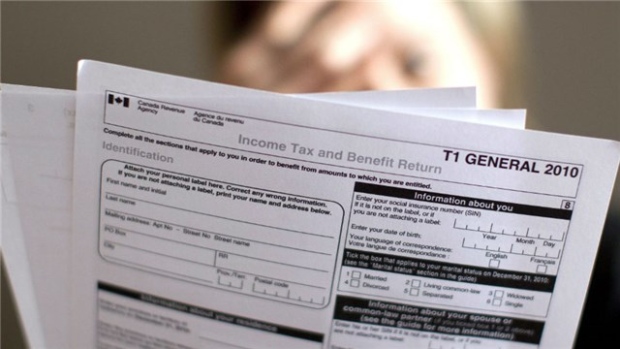Mar 11, 2017
Pattie Lovett-Reid: Tax tips you need to know

Before you even start to prepare your 2016 tax return, now is the time to review your return from 2015 and notice of assessment for any important information.
When it comes to taxes, there are typically three primary objectives for most of us – look for ways to deduct income, divide income and defer income to the greatest extent possible to lower your taxes paid. Strategies to make this happen include carry forward balances that you can claim as a deduction (unused RRSP contributions or unused losses from prior years) or as a credit (unused donations, tuition and/or education credits, or student loan interest) on your 2016 tax return.
In speaking with Aurele Courcelles, assistant vice-president of tax and estate planning with Investors Group, he highlights tax changes that could affect the filing of your 2016 tax return.
1) Both the children’s arts and fitness tax credits have been reduced for 2016 (no more than $250 and $500 of qualifying expenses respectively) and will be eliminated for 2017.
2) The family tax cut has been eliminated for 2016 and later years
3) Beginning in 2016, eligible educators (teachers and early childhood educators) can claim a 15 per cent federal refundable tax credit on up to $1,000 of purchases or eligible teaching supplies.
4) Beginning in 2016, the disposition of a principal residence must be reported on your income tax return, even if the full gain is exempt from taxation thanks to the principal residence exemption. You need to complete a new section of Schedule 3 on your personal income tax return to report the disposition.
We all have to pay taxes but no one wants to pay more than their fair share.





